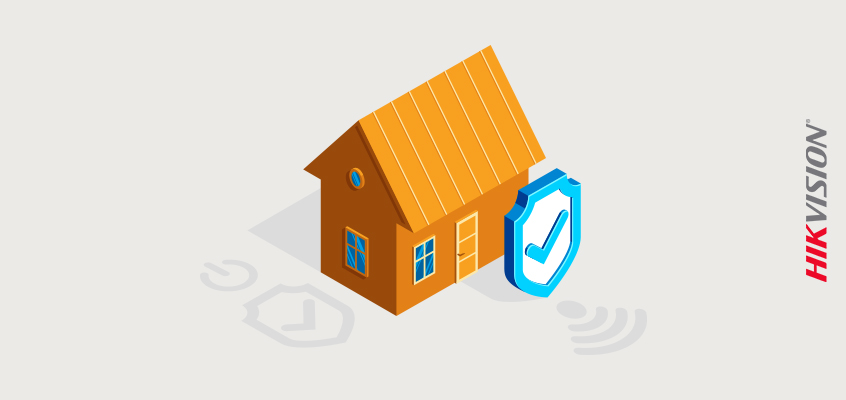Part 2, Hikvision Senior Director of Cybersecurity on Protecting Your Home Network from Vulnerabilities

Yesterday, Hikvision senior director of cybersecurity, Chuck Davis, covered some basics about cyber vulnerabilities, including what they are and why you should care.
As a quick recap, a vulnerability is a weakness in software that, when exploited, can give an attacker the means to do something malicious or unauthorized. You should care because there are generally three categories of software that the average person uses and each can have vulnerabilities. These include operating systems, software applications (apps), and firmware.
Continue reading to learn more about vulnerabilities, your home router, and how to boost cybersecurity.
Protecting Your Home Network from Vulnerabilities
In yesterday’s blog we referenced your network. You might not think about your home Internet connection as a “home network” but that’s what it is. In fact, your home network has probably grown a lot in the past few years.
There are generally six types of systems on a home network:
- Infrastructure devices: router, hub, switch, Wi-Fi repeaters/extenders
- Laptops and desktops
- Gaming systems (gaming PCs, Xbox, Playstation, etc.)
- Mobile devices (smartphones, tablets, wearables)
- Network-attached storage (NAS), printers and other output devices
- Internet of Things (IoT) devices: “Smart” devices like smart TVs, smart light bulbs, smart thermostats, smart doorbells
Just like your computers and mobile devices, these most certainly have vulnerabilities. Some have been discovered and patched, while others will be discovered in the future. Whether you know it or not, you are responsible for securing, patching and keeping all of these devices updated with the latest patches. This is a pretty easy job when it comes to your computers and mobile devices since they update automatically, but what you may not know is that many of the other devices on your network likely do not get automatic updates.
Now that you are aware of your job as a system and network administrator, let’s talk about how you manage that work. A good exercise is to count how many of these devices that you have in your home. Once you make that list, do some research to see which devices on your network get automatic updates. What’s left is a list of devices that you need to update manually.
The epicenter of your home network is your home router. It’s the device that connects to the Internet and also protects the devices in your home from regular attacks coming from the Internet. The router contains a lot of functionality:
- Firewall: Protects your home network from constant attacks from the Internet
- DHCP server: Assigns an IP address to each of the devices that connect to your network
- NAT server: Acts on behalf of each device on your network to make requests to servers on the Internet. Then, when the reply comes back, it sends the reply to your device.
- Your router also may include a time server, DNS relay, and maybe even a VPN server
Unlike your smartphone and personal computer, many home routers do not have the ability to receive automatic updates and patches for known vulnerabilities. It is certainly inconvenient that this is the one device that is protecting your home network from regular Internet attacks and the only way that it will be patched is if you, the owner, checks the website of the manufacturer of the router to see if there is an update. If so, you have to manually download and install that update. Did anyone tell you this? No, and as a result, there are countless numbers of vulnerable routers that are directly connected to the Internet and vulnerable to an attack. Check if your router updates automatically, if not, it’s probably time to get a new router.
Check back tomorrow when we’ll be discussing how vulnerabilities are part of our everyday lives, and other ways to protect yourself.
